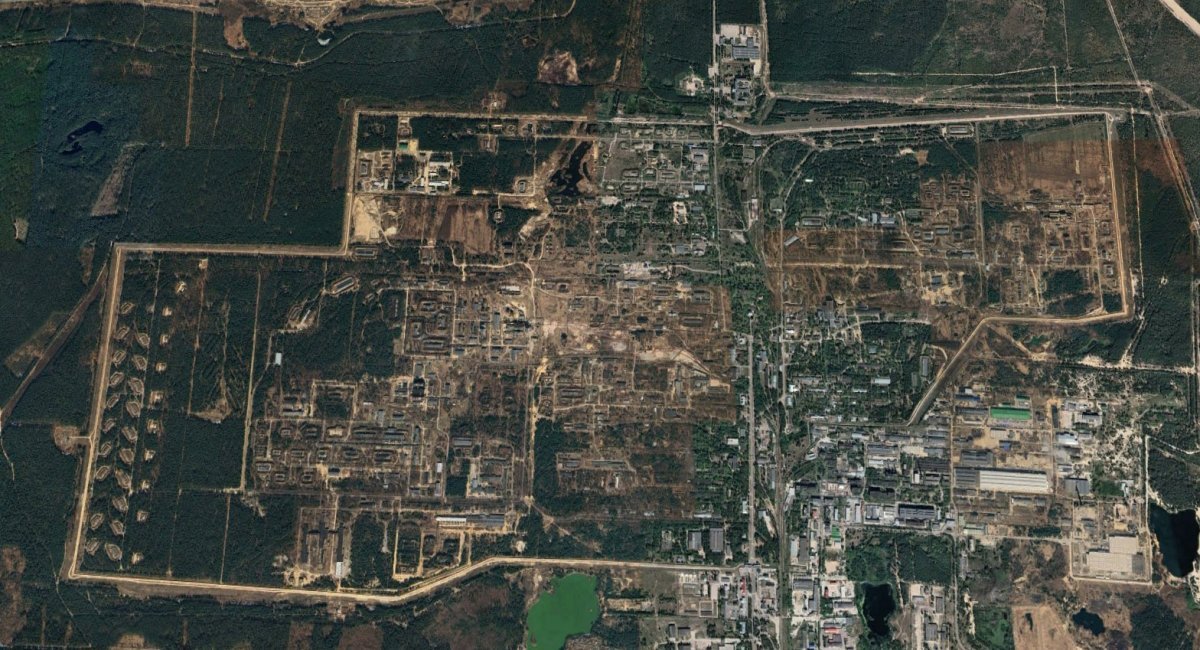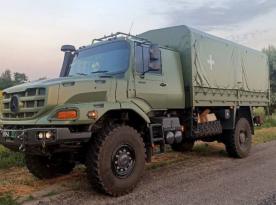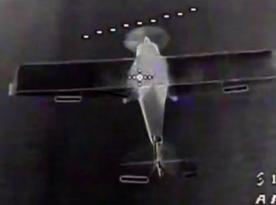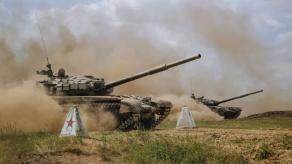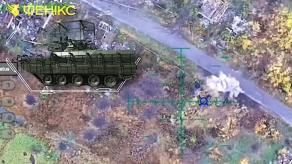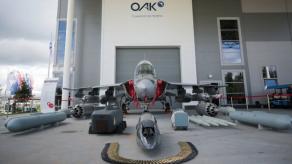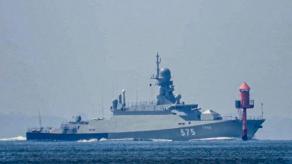Ukraine's General Staff has confirmed a successful strike on one of the russia's defense industry most important facilities — the federal state enterprise Plant named after Ya. M. Sverdlov (commonly the Sverdlov Plant).
The plant sits near Dzerzhinsk in Nizhny Novgorod Oblast, roughly 750 km from the Ukrainian border.
Read more: Ukrainian Long-Range Drones Strike Tyumen Oil Refinery Over 2,000 km Away — A New Record in Deep Penetration
According to the General Staff, the overnight strike on 6 October caused "numerous explosions and fires in the target area." Public awareness of the attack spread after local residents filmed the impacts.
Video evidence and reports indicate the strike was carried out despite robust air-defense coverage, and footage suggests long-range drones were used.
Earlier, Ukrainian forces struck a supplier of feedstock for the Sverdlov Plant — the Sibur-Kstovo oil refinery. The latest attack, however, appears to have hit the plant's explosive-manufacturing facilities directly.
The Sverdlov Plant can legitimately be classed as target No.1 and as one of the key pillars of russia's defense industry. It is the country's largest producer of explosive compounds and, by russian declarations, the only industrial-scale manufacturer of octogen and hexogen — internationally known as HMX and RDX, respectively.
Those compounds are the primary explosive filling for the vast majority of russian munitions: from artillery shells to aerial bombs and ballistic-missile warheads. Immediately adjacent to the plant, about 4 km away, lies the 53rd Arsenal, which fills aerial bombs — including heavy FAB-3000s — and artillery munitions.
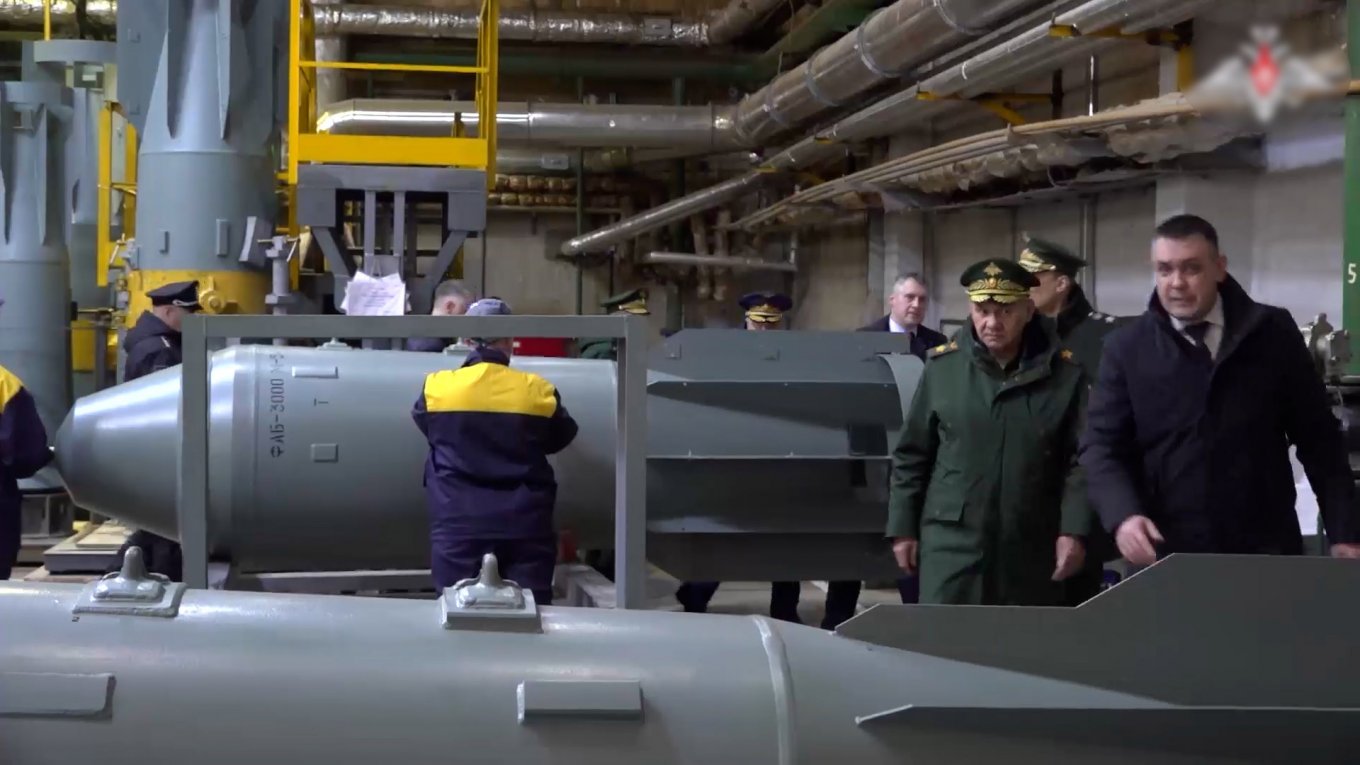
Striking a facility of this type is inherently difficult. The Sverdlov Plant dates back to 1916 and was expanded during the Soviet period; its production lines and logistics are deliberately dispersed and protected with earthworks and blast mitigation to prevent chain detonations and limit damage from external strikes.
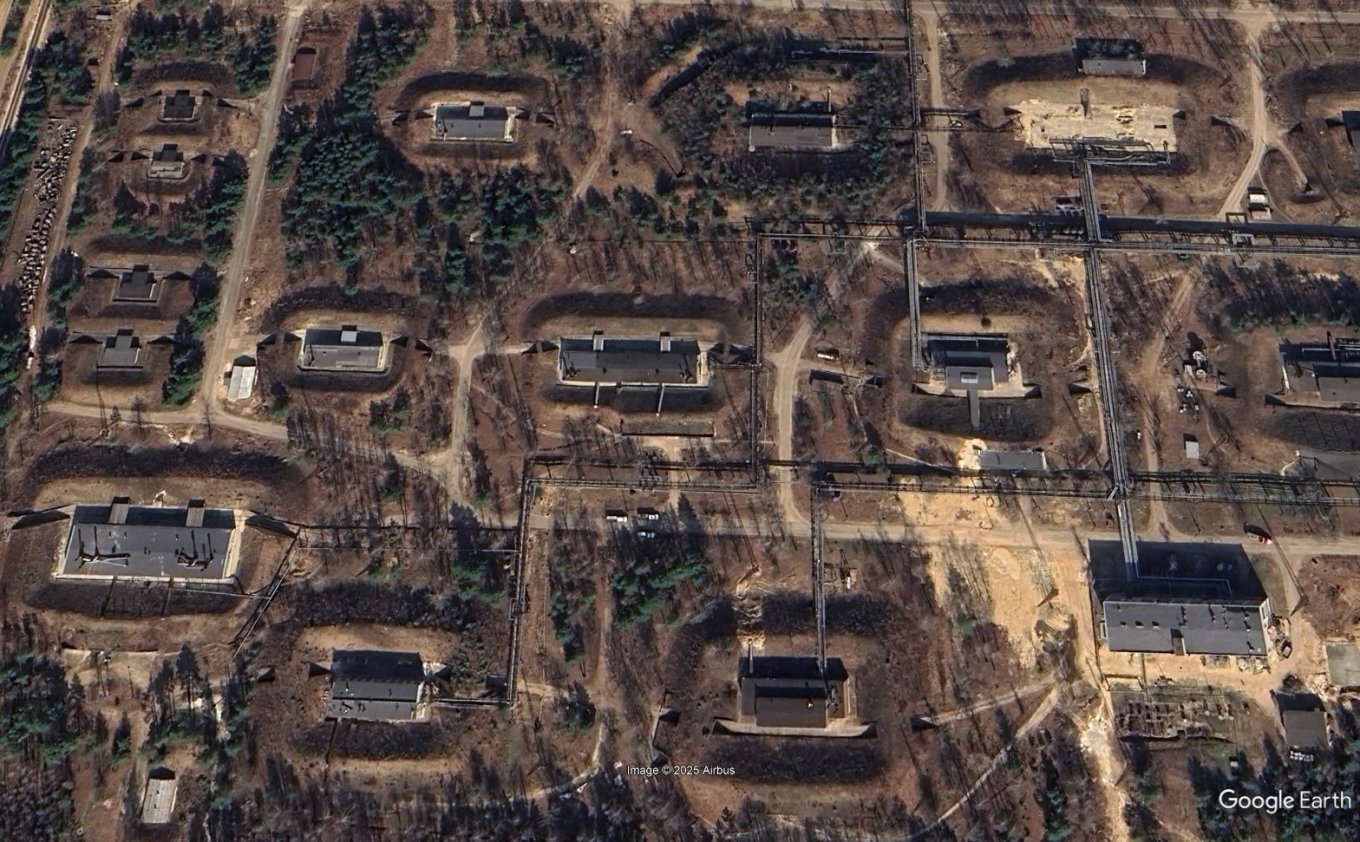
Accordingly, attacks on the Sverdlov Plant require more than a single weapon system. Long-range drones — constrained by relatively small warheads — are not an ideal one-tool solution unless employed in large numbers as part of a sustained, methodical campaign. Success depends on scale, repetition, precision, and careful targeting of the production lines or storage areas whose disruption will produce the greatest strategic effect.
Read more: Ukrainian Forces Launch Drone Strike on Kirishi Oil Refinery in russia's Leningrad Region, Triggering Major Fire




